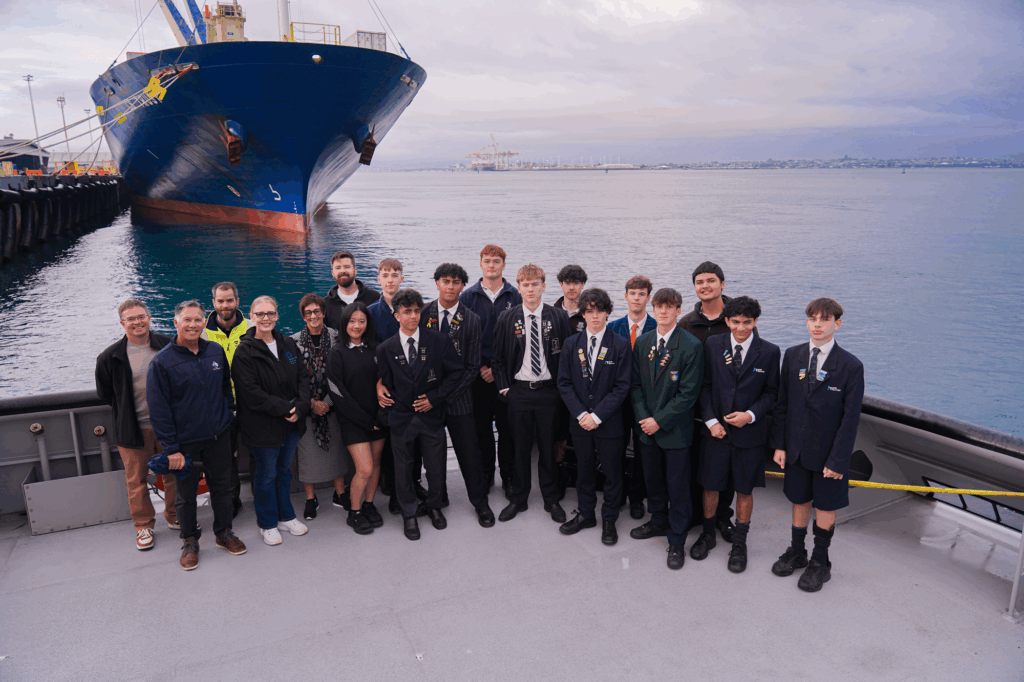Latest News
It’s not every day that you get to stand on the deck of a tugboat, hearing from the people who operate them and learning just how many moving parts it takes to keep New Zealand’s busiest port running 24/7. For the Instep Young Leaders (IYL), the latest Business Breakfast at the Port of Tauranga, was just that, a rare and eye-opening glimpse into New Zealand’s largest industrial hubs.
Although the tugboats remained docked for the tour, students got an exclusive look inside the vessels that quietly perform one of the most important jobs in port logistics: guiding enormous ships safely into and out of Tauranga Harbour.
The Port of Tauranga operates three purpose-built tugs and two pilot launches, delivering a full marine service around the clock. These aren’t your average workboats. The Tai Pari and Tai Timu, built to the Port’s specifications in Hong Kong, are 24-metre powerhouses equipped with Azimuth stern drives and 74-tonne bollard pull capacity. Their propellers can rotate 360 degrees, making them incredibly agile – able to apply full power in any direction with pinpoint accuracy.
The third tug, Sir Robert, is a slightly smaller but still highly capable 22-metre vessel, delivering 4,400 horsepower and a 50-tonne bollard pull. With advanced navigation and mechanical technology, it can be safely operated by a crew of just two.
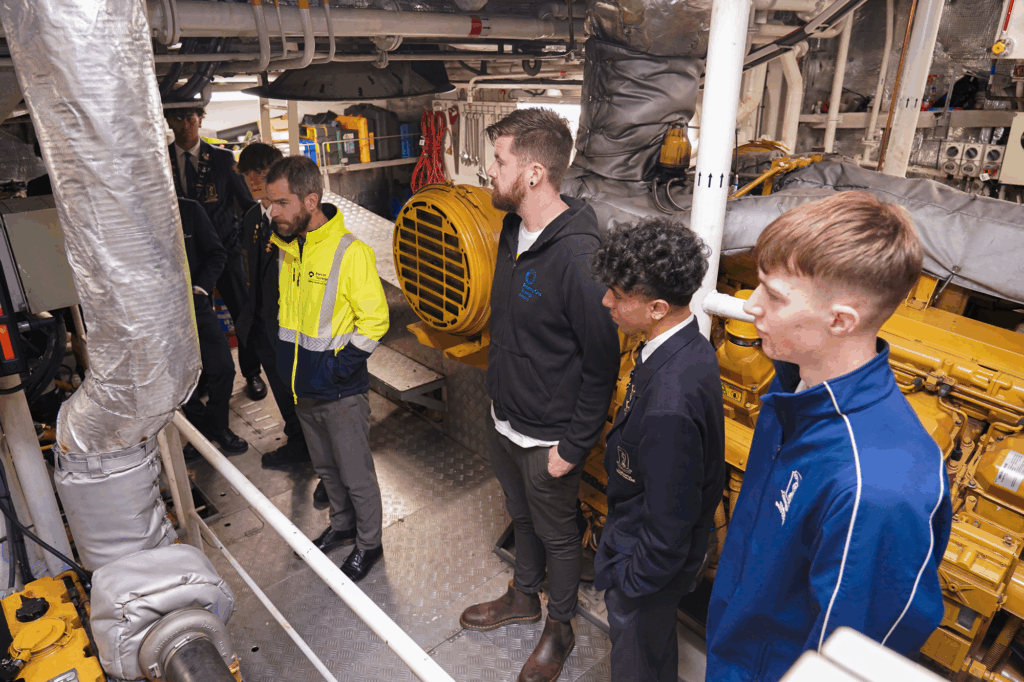
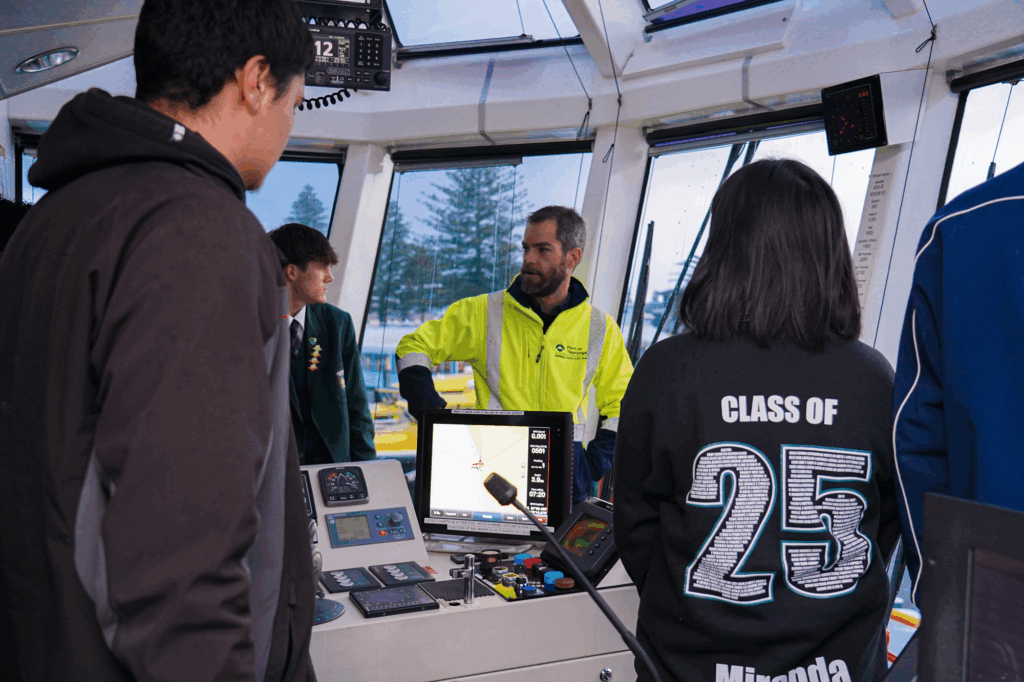
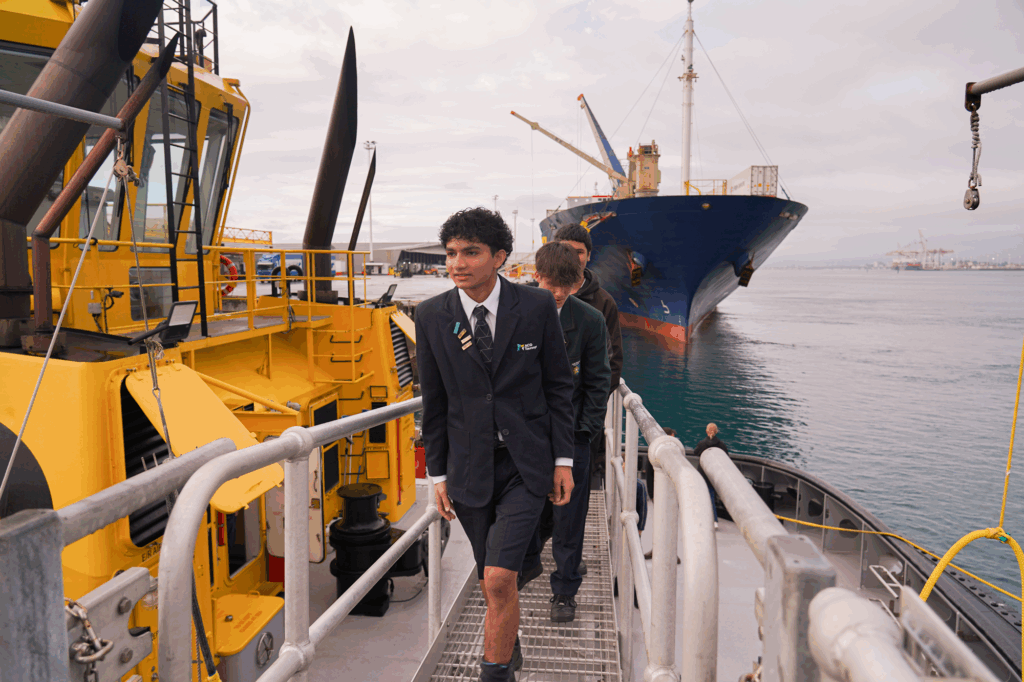
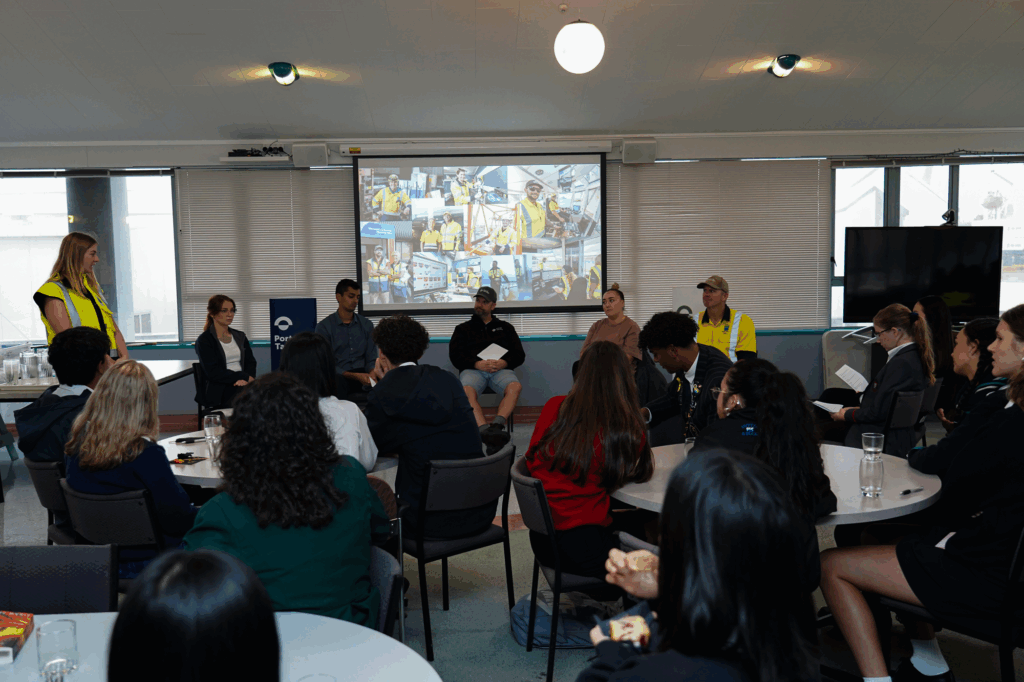
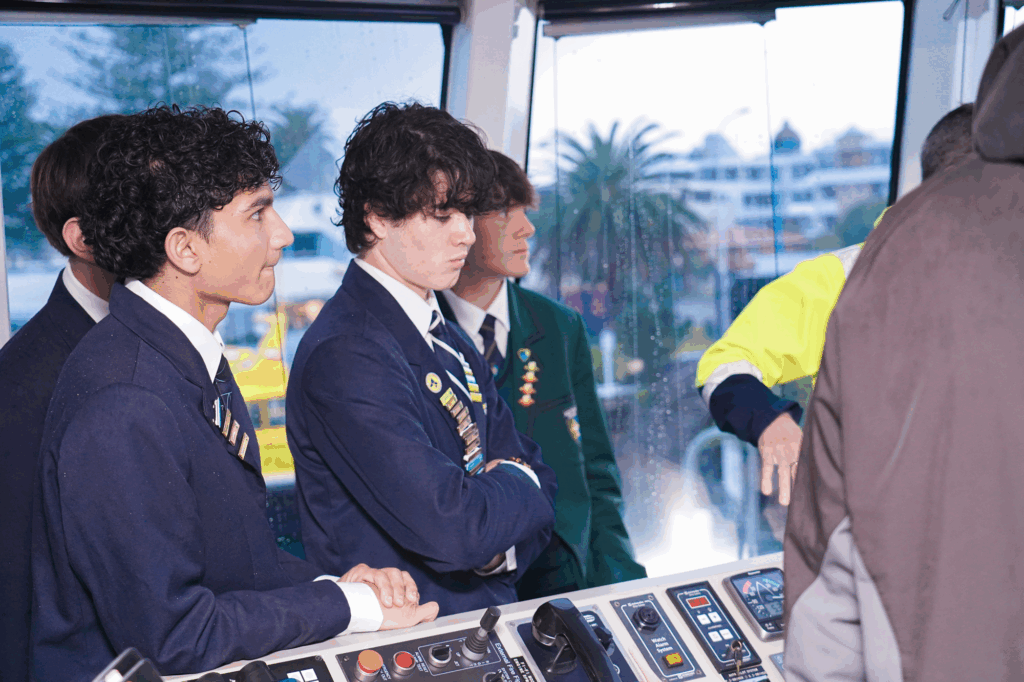
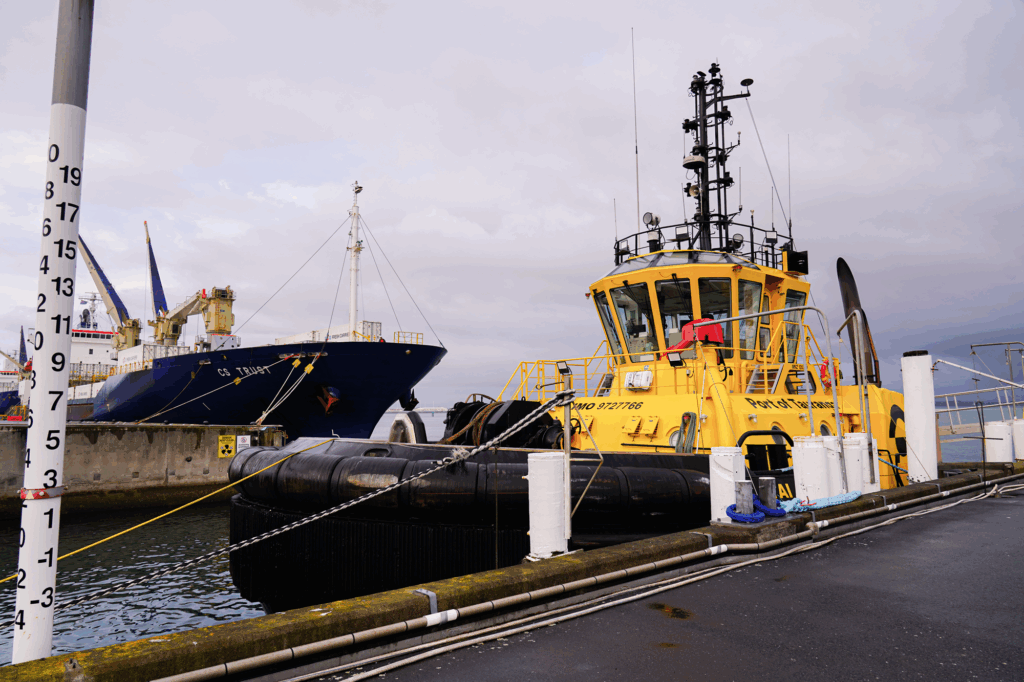
Students also learned about the Port’s state-of-the-art pilot launches. The newest addition, Troy Evans, launched in 2023, with twin 750hp Volvo marine diesel engines and a 25-knot service speed, while the Arataki – equipped with Scania V8 engines – matches it in speed and cutting-edge technology. These vessels help transport marine pilots to and from ships requiring navigation assistance in Tauranga’s busy and tidal harbour.
The commitment to innovation and safety was clear. Port of Tauranga adheres to the New Zealand Port and Harbour Marine Safety Code, emphasising the protection of the environment, its staff, and the wider community through ongoing investment in advanced technology and professional training.
After the vessel tour, students gathered for a panel discussion that proved just as powerful as the tugs themselves. A range of Port professionals shared their career journeys, emphasising that there’s no single path to success in the maritime industry.
- Vaughan Lewis, Crane Manager, reflected on over 40 years of experience and the importance of adapting to change.
- Aisha Neketai, Logistics Specialist, shared her journey from university cadet to a leadership role in operational logistics.
- Brad Cross, Mooring Team Leader, talked about his career shift from the world of banking to the physical demands of port work.
- Charlotte Humphreys, now a Training Specialist, worked her way up from stevedoring, proving that career growth often starts on the ground floor.
- Aaron Peeters, Port Control Planner, began through volunteering – highlighting initiative as a key career entry point.
- Brad Tong, Tug Master and former Navy serviceman, offered insight into the demanding role of steering ships into harbour, emphasising the combination of technical training and critical decision-making the job requires.
Panelists also shared what they wish they’d known at 17, from the value of workplace culture to the importance of balancing formal education with real-world experience. The conversation, facilitated by returning IYL alumni Irish Cabalfin (Otumoetai College) and Anna Calder (Mount College), encouraged students to consider new possibilities, even those outside the traditional university pathway.
For those fascinated by the tugboats, the pathway to becoming a Tug Master-or marine pilot-is built on a foundation of maritime experience. This often begins with time in the Navy or through maritime school, followed by years spent in support roles like deckhand. Additional qualifications such as the Master’s Certificate are essential, alongside local training in Tauranga’s unique tidal environment.
It’s a career where safety, leadership, and split-second decision-making are crucial-and for the right person, it’s incredibly rewarding.
Beyond tugboats, the Port of Tauranga is a thriving hub of opportunity. Whether it’s logistics, crane operations, IT systems, marine services, or health and safety, every corner of the Port holds potential. The speakers’ diverse backgrounds showed that success isn’t reserved for one kind of learner or worker-it’s open to anyone with curiosity, resilience, and a willingness to work hard.
As the visit ended, students left with more than just knowledge-they left with a sense of direction, and perhaps, the first spark of a future at sea.
